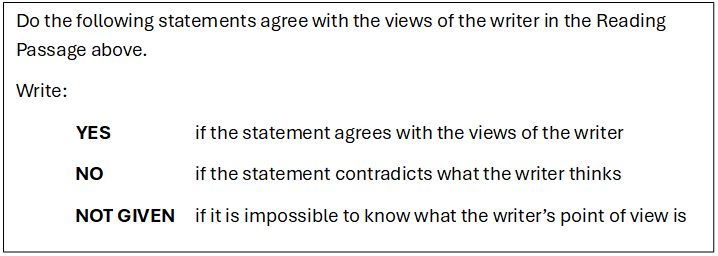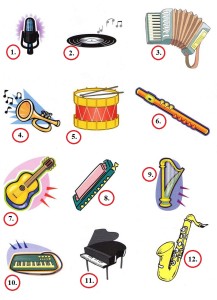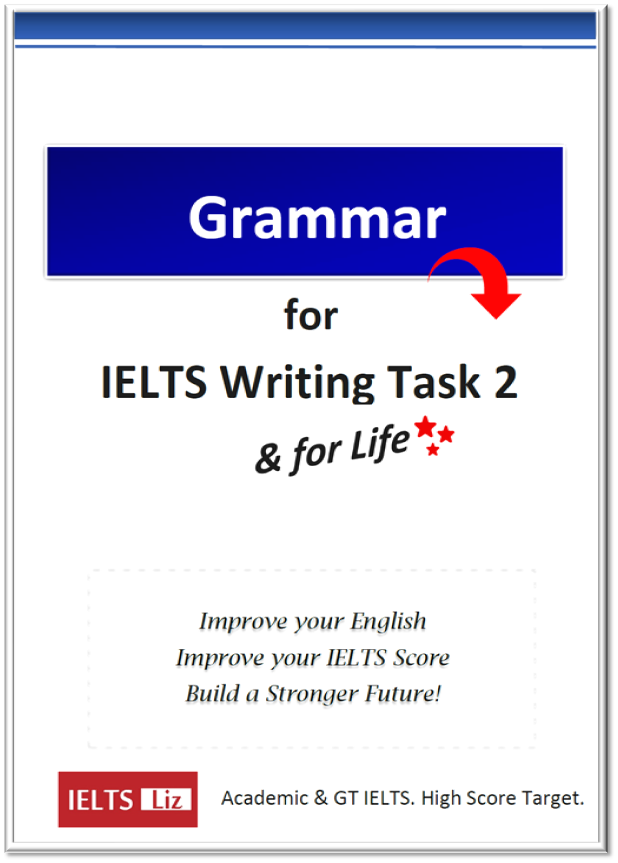Decide the best linking word to use in the following sentences:
- (Whereas / While / But)……………… individuals can make a considerable difference to environmental problems, they ought to be dealt with on a global scale to be solved effectively.
- Global warming is a prominent issue these days (due to / owing to / because)……………. it has a direct impact on the climate of countries all over the world.
- (As a result / Consequently / Thus)……………… of global warming, sea levels are rising which threaten many low lying lands.
- One of the best ways to deal with global warming is to reduce the emissions of fossil fuels, (specific / particularly / certainly)…………. from industry.
- Global warming affects weather patterns and can cause extreme weather (namely / as an example / like) ………………. heat waves, droughts and floods.











